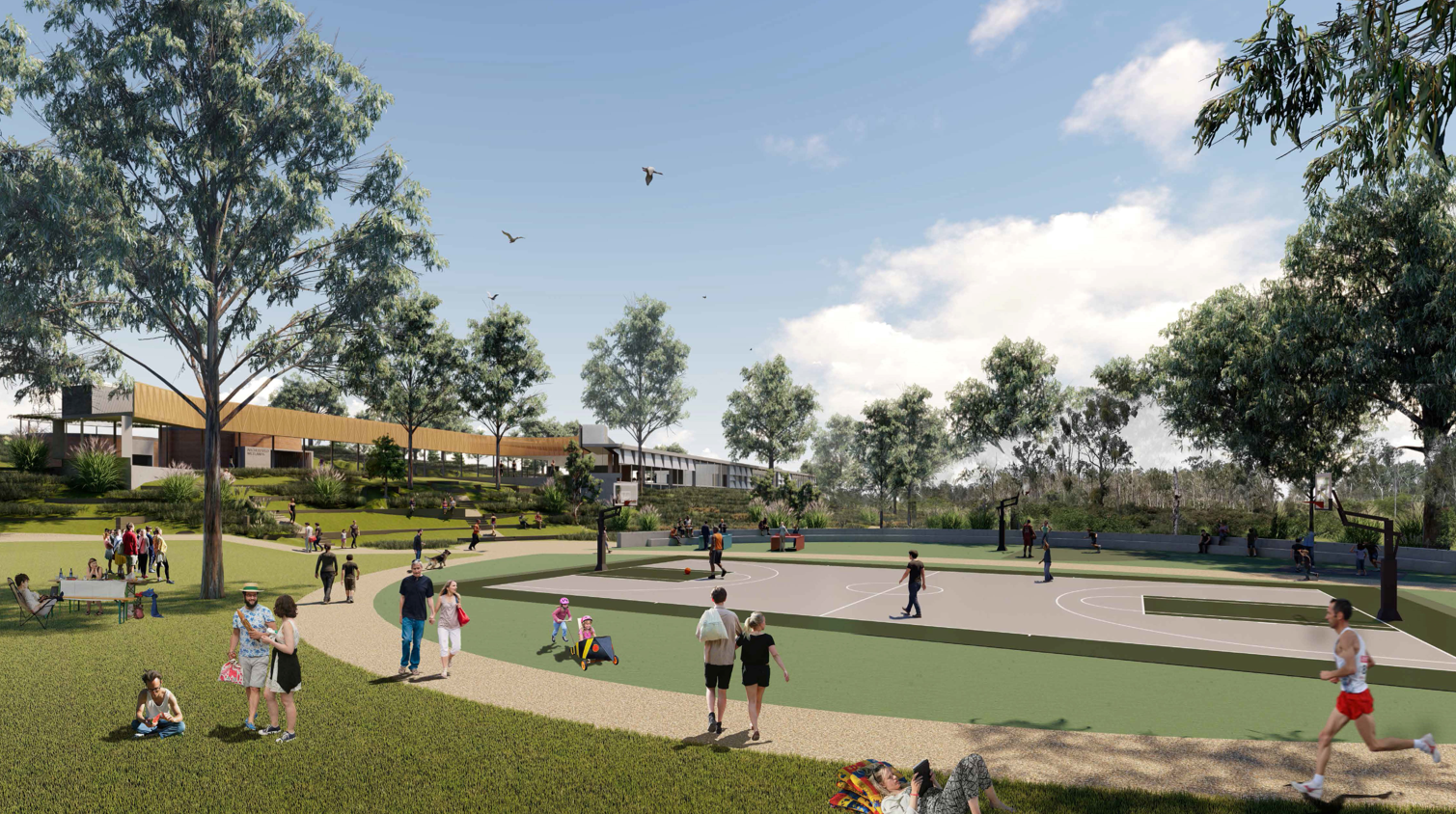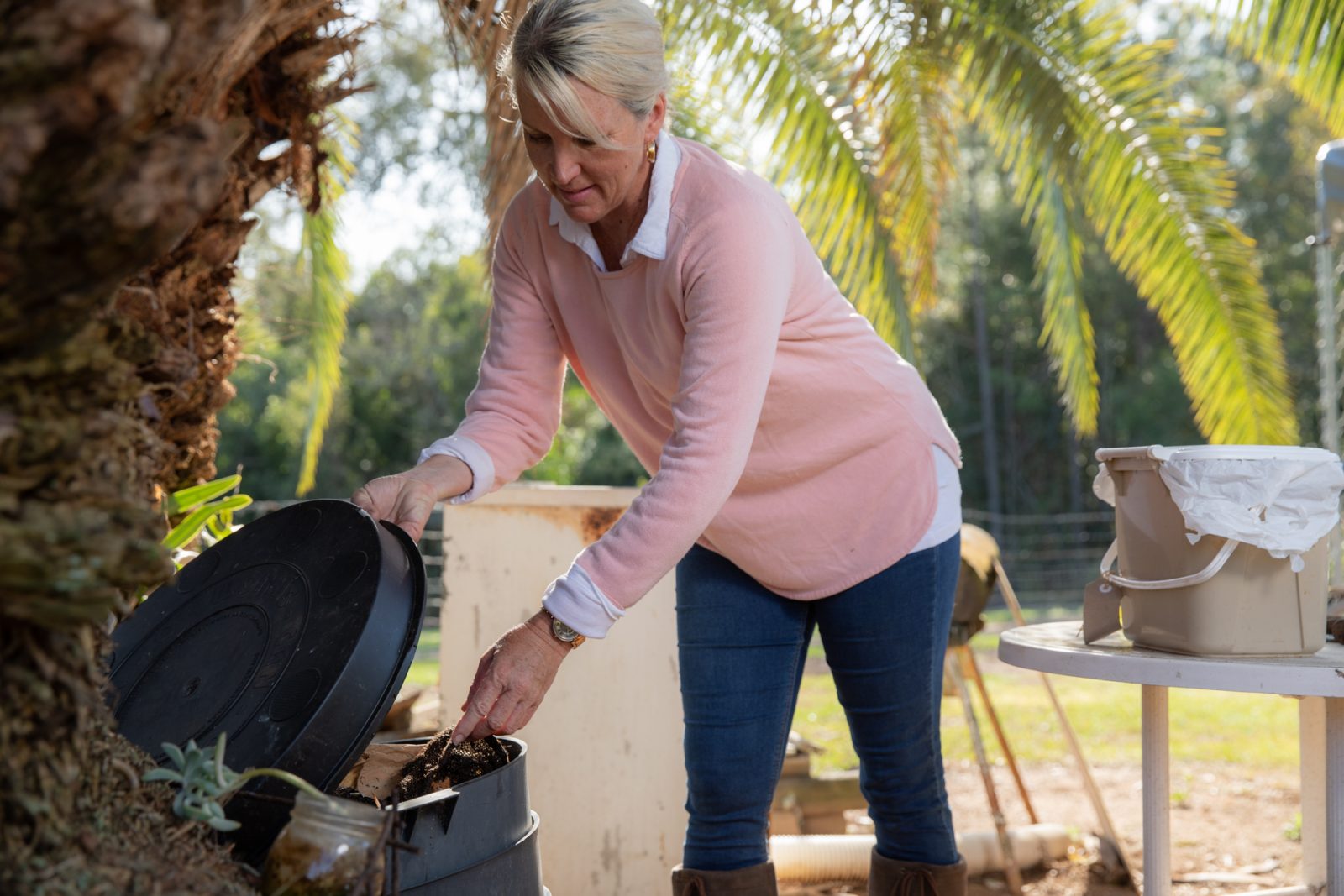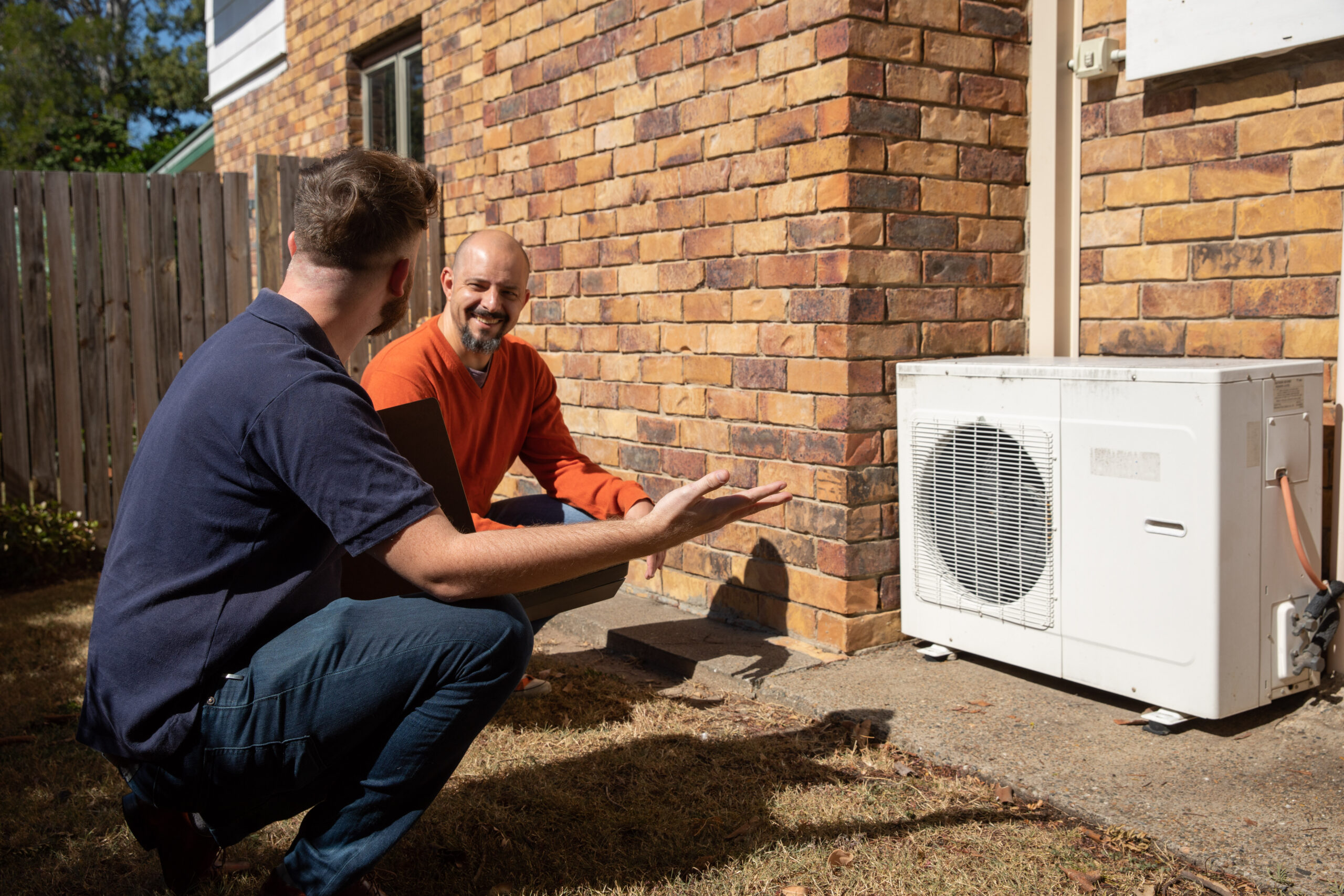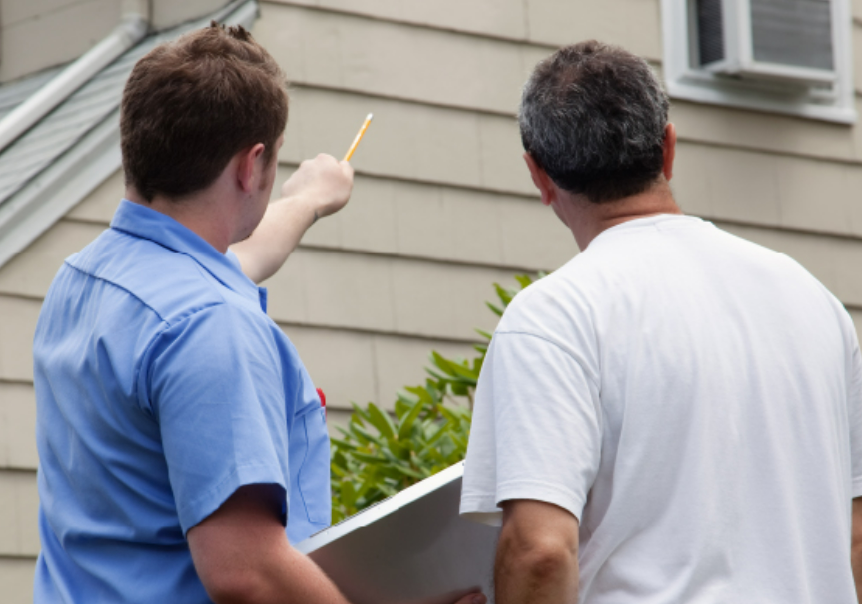The Boyd household
The story of a Brisbane Carbon Challenge champion household.
Household:
FAMILY
Dwelling:
HOUSE
Ownership:
OWN
Total emissions reduction: 52%
Original emissions:
11.3 tonnes
Transport: 2.7 tonnes
Energy: 6.5 tonnes
Waste: 2.1 tonnes
Reduced emissions:
5.5 tonnes
Transport: 3 tonnes
Energy: 0.8 tonnes
Waste: 1.7 tonnes
About the household
The Boyd household successfully navigated raising three young boys, a busy schedule and lowering their carbon emissions. While taking the Brisbane Carbon Challenge, the North Brisbane family found quick tricks and made smart investments to lower their carbon footprint, with a focus on home energy use.
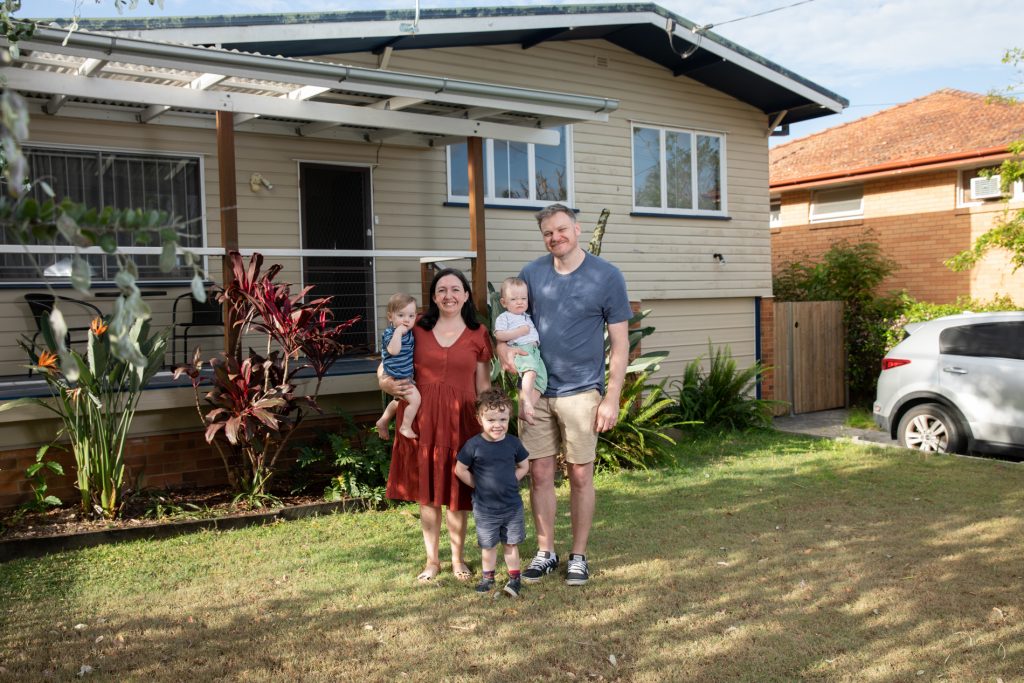
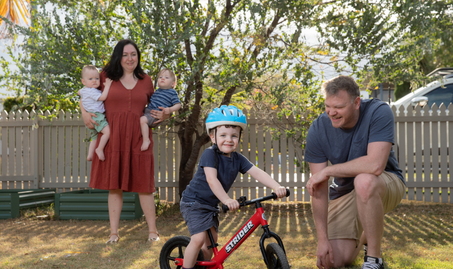
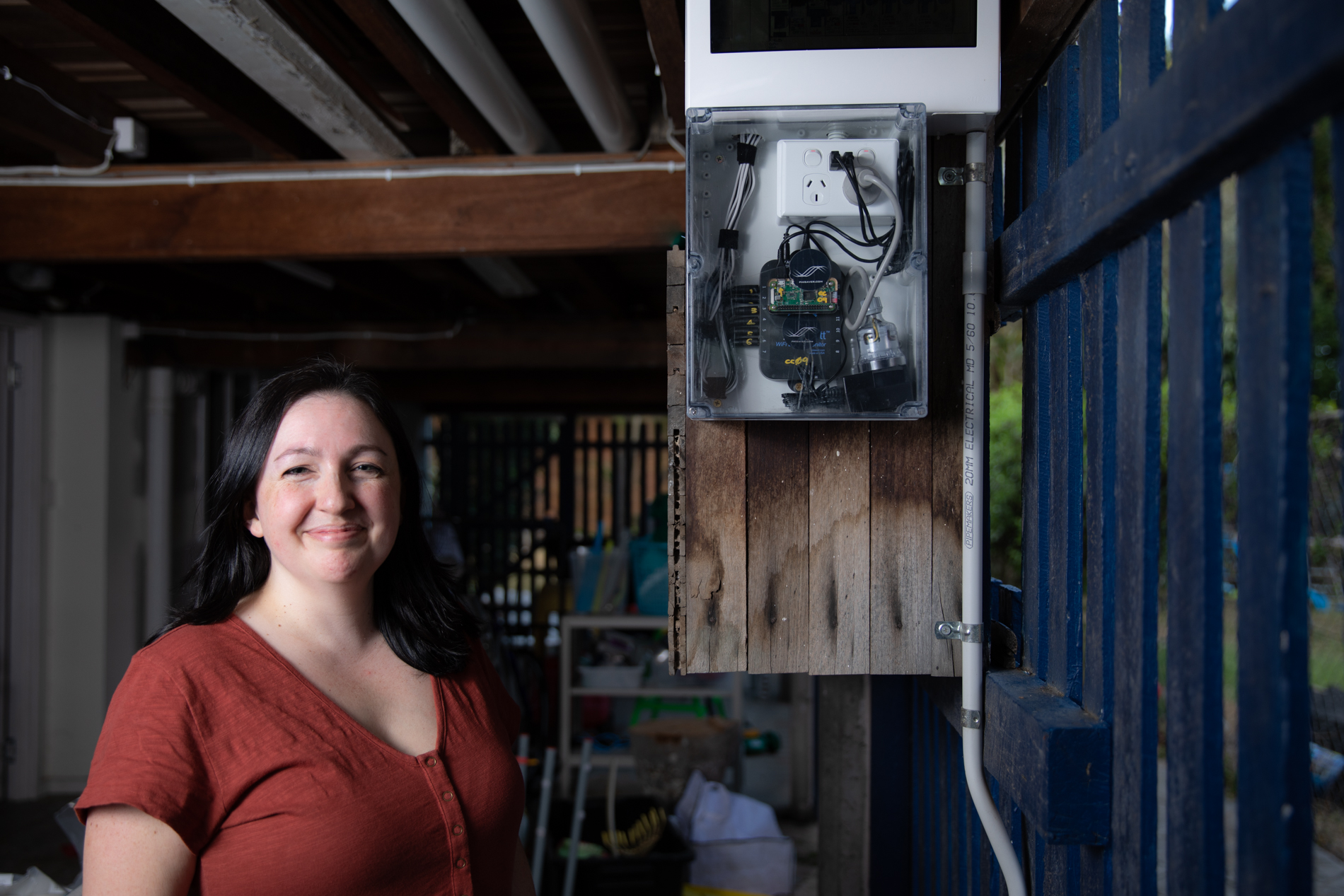
‘‘[Participating in the Brisbane Carbon Challenge] was a real eye-opener for us with regard to how much energy we use. We also learned a few additional things that we can do to reduce our footprint – like draughtproofing [and] composting more than we were.“
Brendan Boyd
Successes
All about energy
Before taking the challenge, home energy use accounted for 57% of the Boyd family’s carbon footprint, making this a big focus for their low-carbon action plan.
To reduce their energy emissions, the Boyds made smart investments with a big pay-off. Throughout the program, the young family installed a solar power system to supply their household with energy from the sun during the day. To lower their emissions at night, they switched to a 100% GreenPower energy plan, meaning their energy provider now invests the equivalent of their household grid energy consumption into renewable projects in Australia.
The solar power and GreenPower, combined with some other investments, such as a clothesline to air dry their laundry, plus behaviour changes (more on that below), helped the Boyds reduce their home energy emissions by 87%!
Using tech to form healthy habits
The Boyds also used smart technology to track, automate and reduce the family’s energy use.
Firstly, they had a home energy monitoring system installed to track their energy consumption in real time. It provides information on what systems and appliances use the most energy, and when.
Then, they used a series of smart devices, automated power boards and eco-switches to minimise any unnecessary energy consumption from lighting or appliances on standby.
Lastly, with a greater understanding of their energy usage and an easier way to control how and when all this energy is being consumed, they were able to change their behaviours accordingly. Brendan notes: ‘We have noticed a shift in our habits, turning lights and power points off more routinely, limiting our air conditioning to certain rooms, angling for less ambitious cooling or heating temps and particularly when it’s cooler, rugging up, rather than rushing to turn on the air con. We try to do as much of our dishwasher and washing machine and dryer usage during the day [when the appliances would use solar power], which are our next biggest contributors to energy usage after heating and cooling.’
Challenges
Sun-powered soil
When they started the Brisbane Carbon Challenge, the Boyds’ waste emissions were higher than the Brisbane average. They already had a small compost tumbler filled to capacity and were keen to investigate ways to further reduce their food waste.
This led them to a solar composter. This impressive composter has one half in the ground, acting as a digestion chamber, and an above-ground cone that amplifies heat from the sun to circulate warm air throughout both chambers. This creates an ideal climate to break down all types of food waste.
While the solar composter may be perfect for some households, the Boyds couldn’t find a suitable spot for the composter that was sunny enough. Plus, the rainy season uncovered drainage issues in their backyard, making it unsuitable for the in-ground chamber. While they looked for alternatives, the Boyds continued to use their normal compost tumbler and changed their food waste behaviours to reduce their waste emissions by 20%:
‘We use our compost tumbler and have tried to be more thoughtful of food waste, saving more for follow up meals (particularly with the kids’ picky eating habits).‘
The Boyds’ low carbon action plan:
- replaced private vehicle use with active travel (walking)
- replaced private vehicle use with public transport (bus)
- used E10 instead of petrol
- installed solar power system
- purchased 100% renewable energy (GreenPower)
- adjusted set point on air conditioners to 24 degrees in summer
- used fans instead of the air conditioner
- washed clothes using cold water
- removed second fridge
- switched off lights when not in use
- switched off appliances at the wall when not in use
- took shorter showers
- reduced food waste
- composted food and garden waste
- replaced disposable nappies with reusables.

